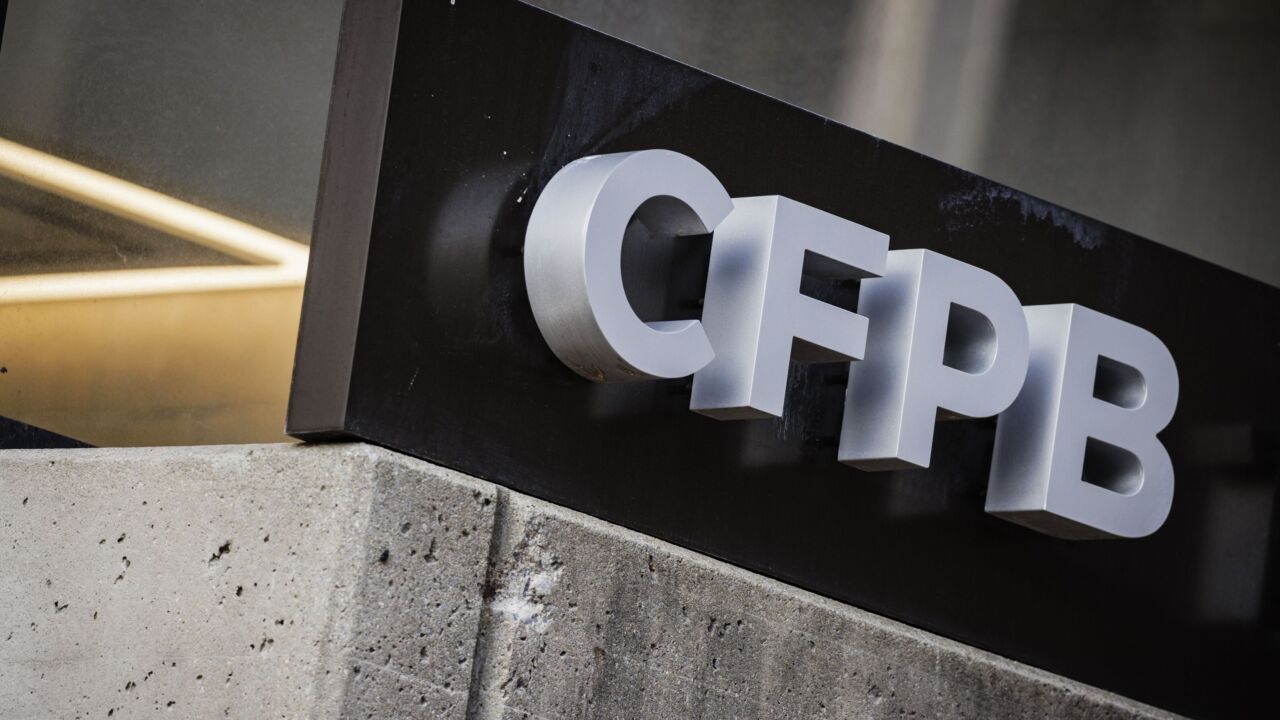Consumer house-buying power, measuring how much one can purchase based on changes in income and interest rates, fell 2.1% year-over-year, but increased by 1.3% from the month prior, according to First American Financial Corp.
Though slightly lower rates and rising wages paved the way for a month-over-month increase in consumer house-buying power, affordability has declined by 8% from the same period a year ago with prices appreciating more rapidly than buying power.
This "short-term boost for home buyers is not expected to last, as supply constraints continue to drive unadjusted prices higher," said First American Chief Economist Mark Fleming in a press release.
Demand continues to outpace supply, but some home buyers are entering the market because of lower interest rates. However, mortgage rates are expected to rise next year as the

"We have yet to see the impact of the Federal Open Market Committee decision to reduce the Federal Reserve's large portfolio of bonds, which will likely push mortgage rates higher in the coming months. This quantitative uneasing will further impact affordability," said Fleming.
Though lower than a year ago, affordability remains at historic highs, with only four states and the District of Columbia being less affordable today than they were in 2000.
Real home prices, which are adjusted for the impact of income and interest rate changes on consumer buying power, increased by 8% year-over-year in September, but decreased by 0.9% from the month prior.
States with the greatest annual increase in First American's Real House Price Index include Nevada, Delaware and Idaho, and those with the smallest changes in RHPI from a year ago are Alabama, New Mexico and Hawaii.
Real house prices are down 38.9% since the pre-recession peak.





